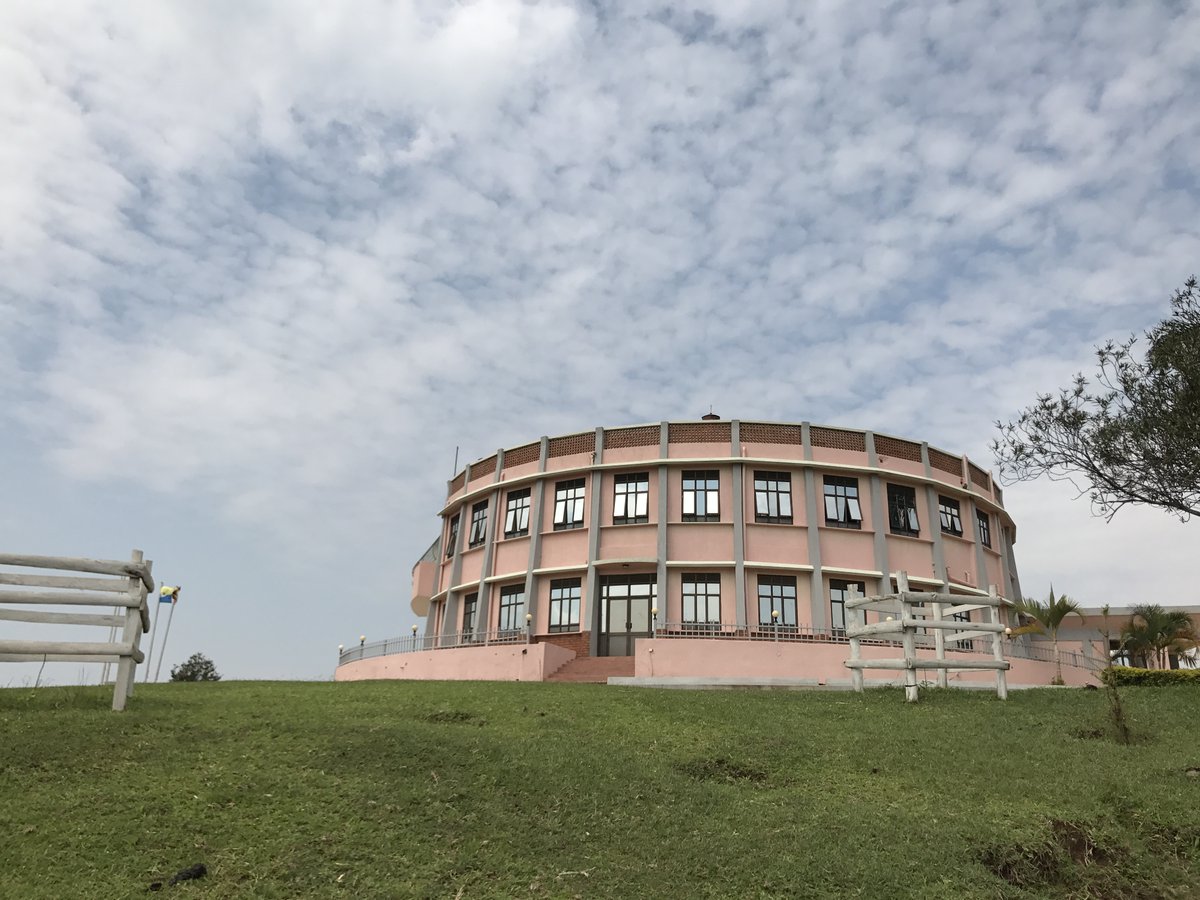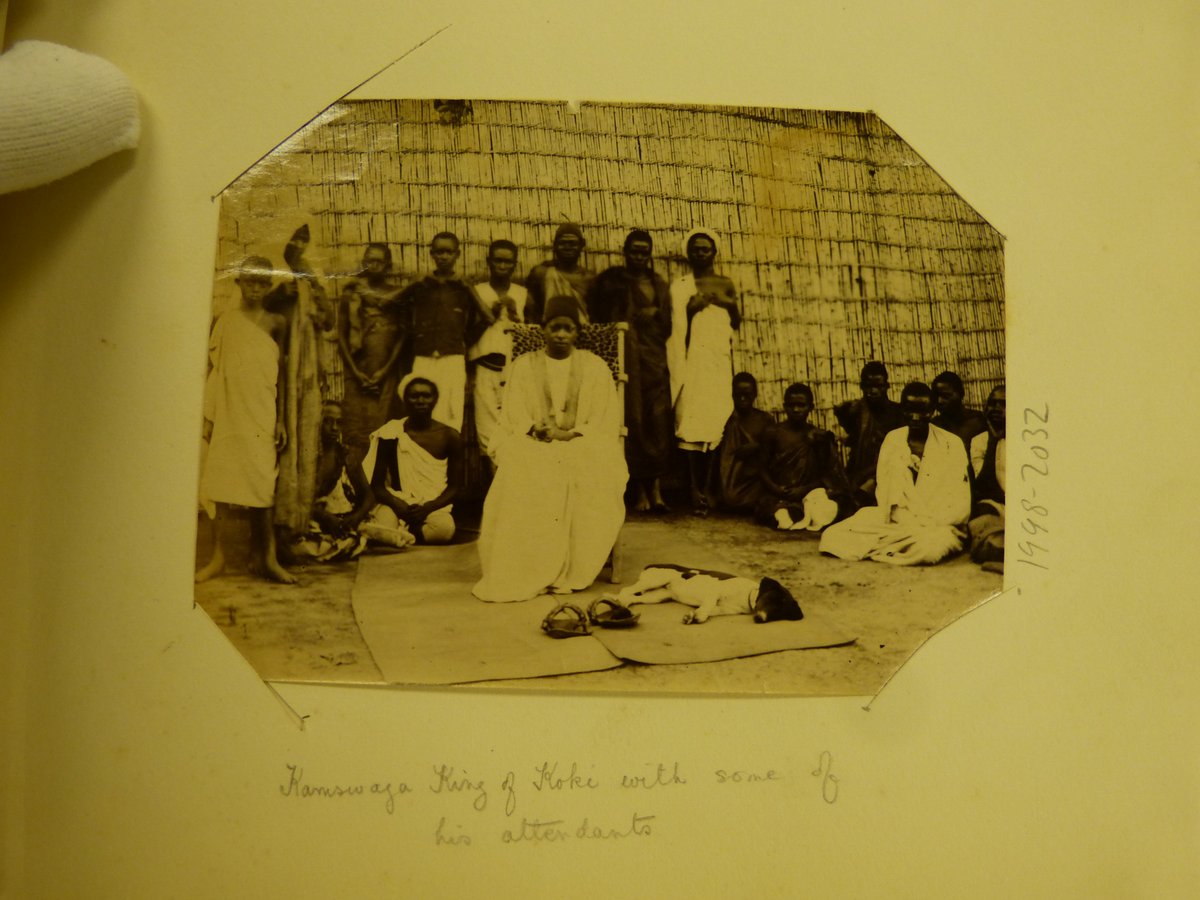
Uganda has produced some of the world's best runners, including @joshuacheptege1 @Stephen42k @NakaayiH, Judith Ayaa, Akii Bua, Docus Inzikuru, & many others. Marathons have a long history in Uganda. The first was organized on 1 November 1908 alongside an industrial exhibition 1/5 

in KLP. The occasion attracted UG's heads of state & leading chiefs.48 runners from throughout the country competed. The 26-mile course was along Old Kampala-Entebbe Rd. Here we see some of the runners at the starting line. They may have been the designated Catholic runner 2/5 
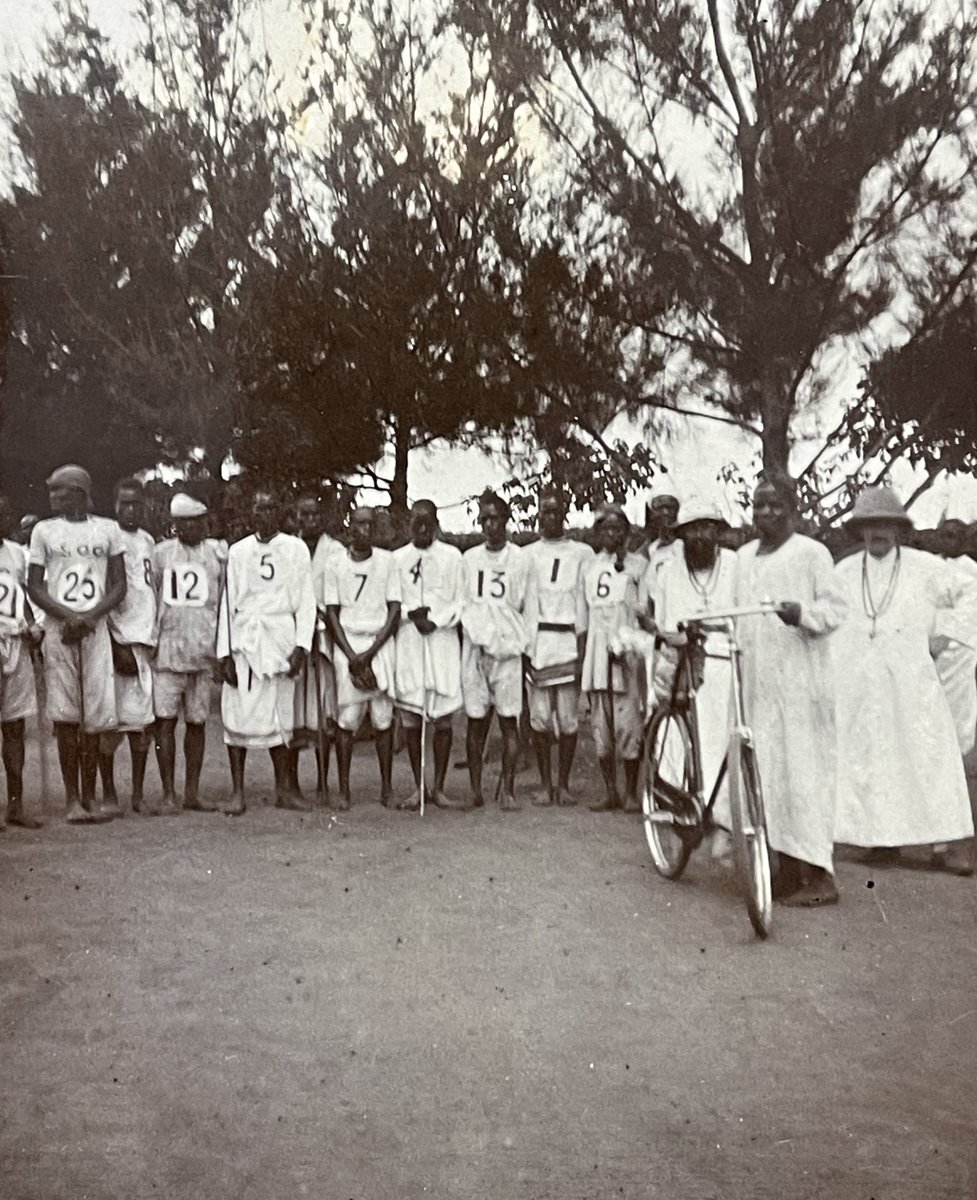
The winner was Kapere (n. 12); he represented Buganda. At the time, he was 23 years of age and finished in three hours and 3 minutes—only seven minutes behind the world record holder. Kapere was purported to have trained very little. 3/5 
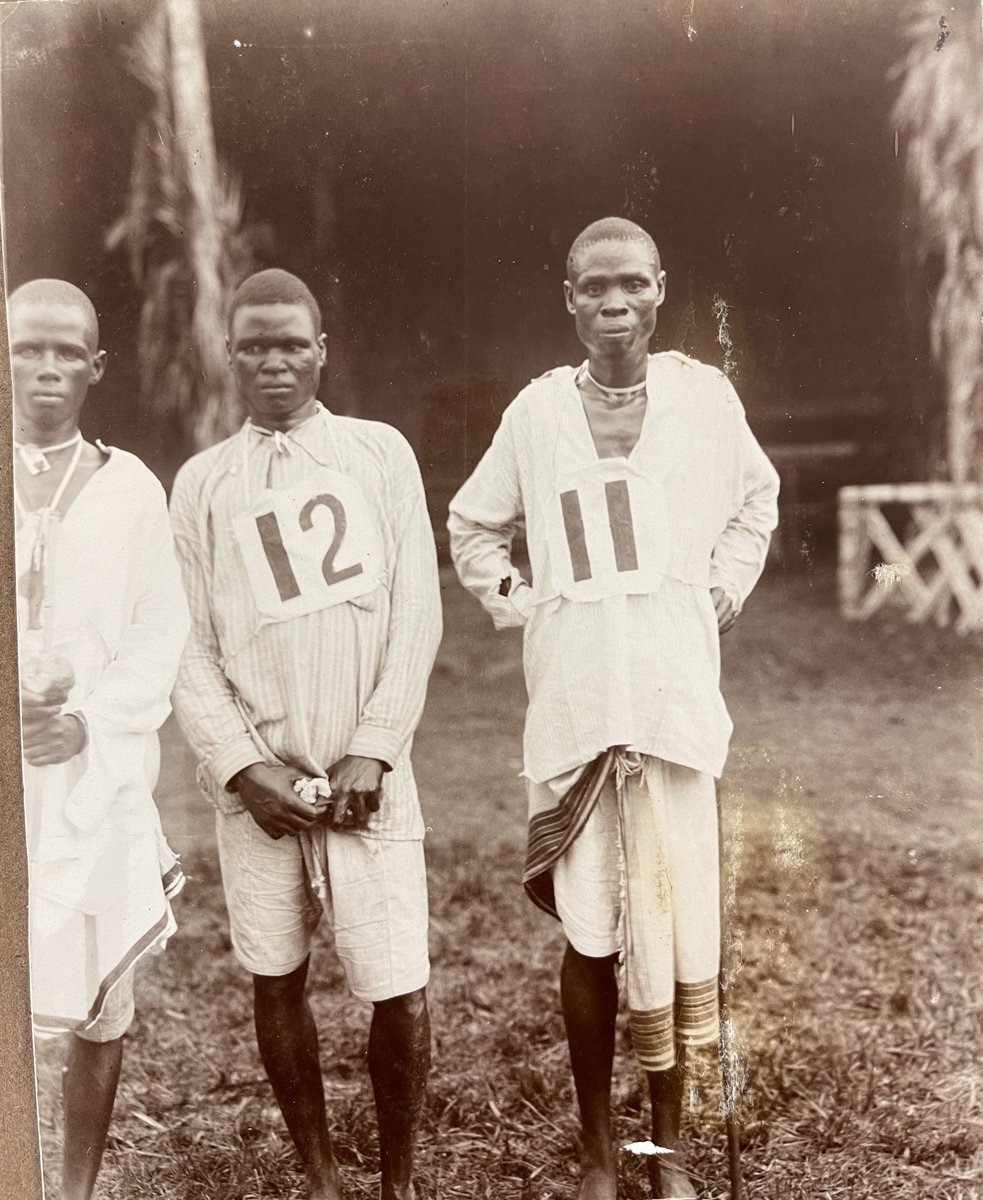
As one report stated: “None of the runners had had any special training, and the winners reached the post in excellent condition.” Number 11 crossed the finish line only 15 seconds behind Kapere. The 3rd-place runner (also seen here) lagged Kapere by only three minutes. 4/5
As Kapere crossed the line, he was cheered on by Apolo Kaggwa, whom we see to our right, Kapere’s left. 5/5 
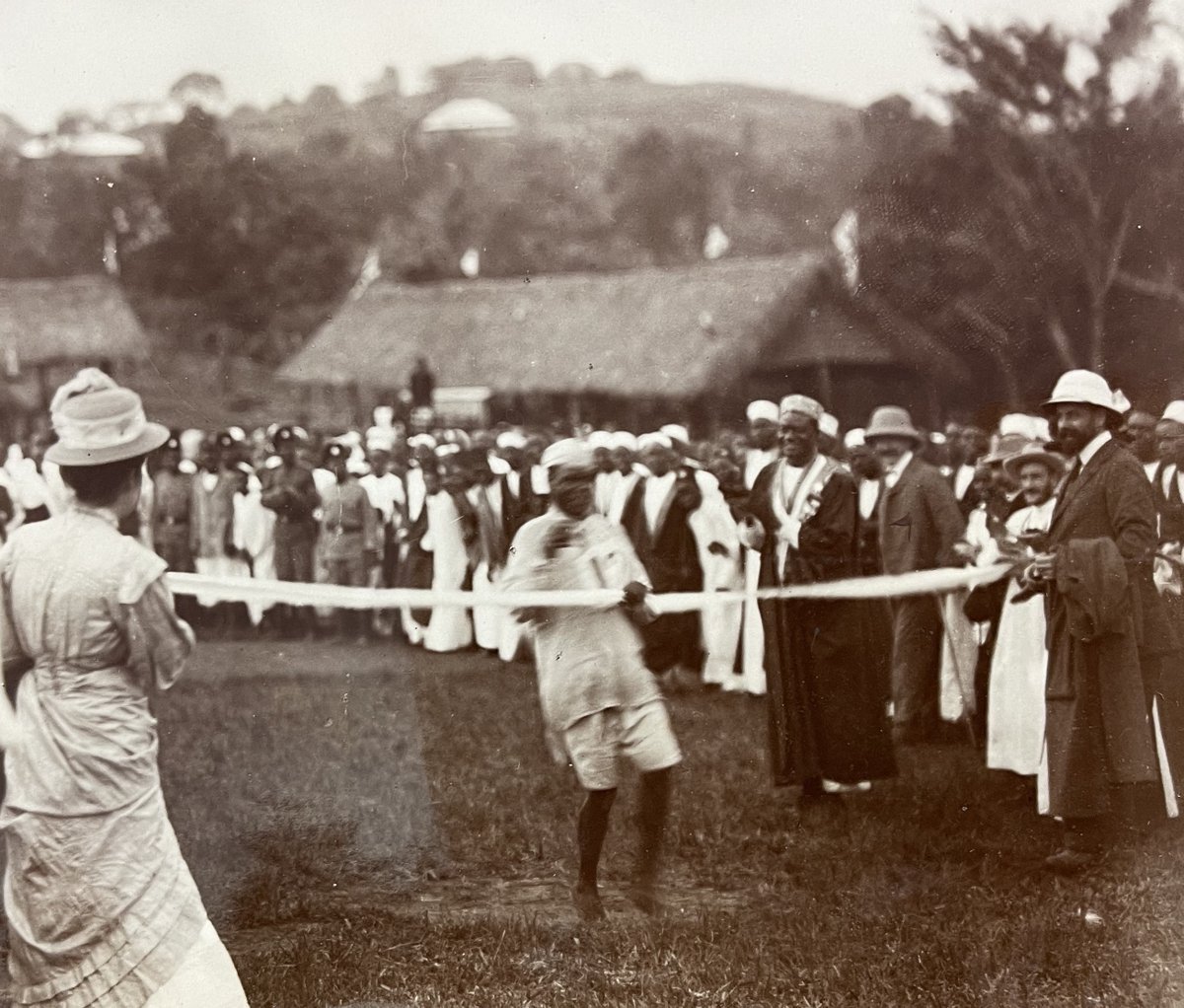
• • •
Missing some Tweet in this thread? You can try to
force a refresh




